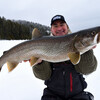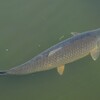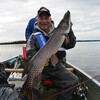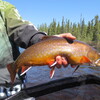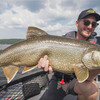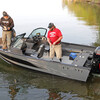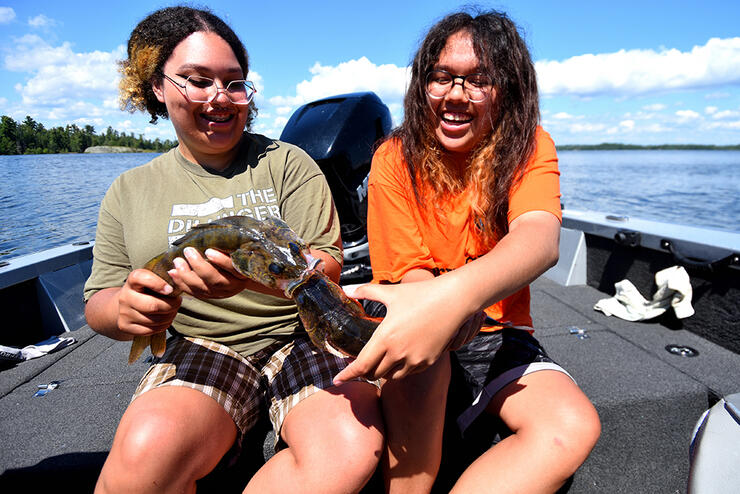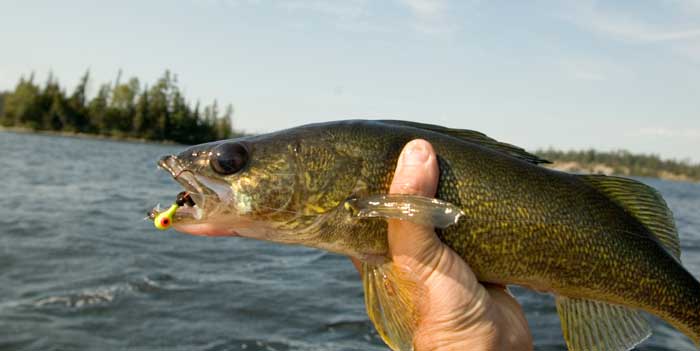
First Time Walleye Fishing for Beginners in Ontario
I love being in the boat when a new angler catches their first fish. It is a once-in-a-lifetime experience that can never again be duplicated. I mean, there can only be one first fish ever. And I was lucky to share that experience with first-time anglers twice last week.
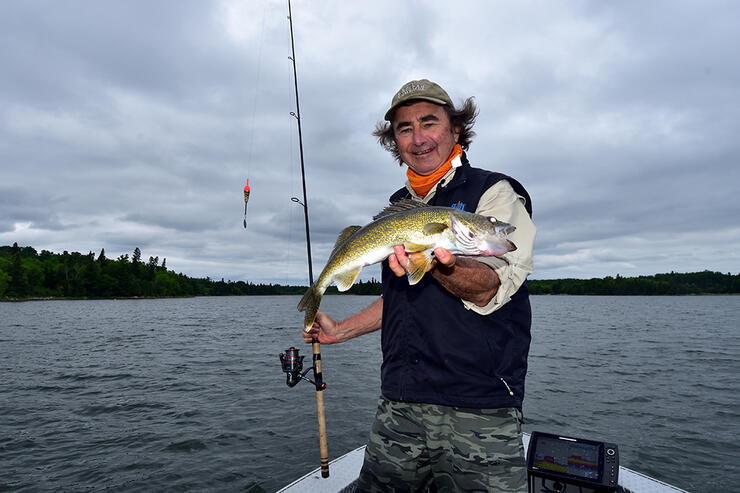
In fact, when I helped Ahmed, who hails from Jordan, into the Kingfisher, he confessed that it was his first time ever in a boat. So, from the moment we pulled away from the dock in downtown Kenora, and all the way down the lake, he recorded the trip on his cellphone with a broad smile stretching across his face. Can you imagine, coming from a hot, dry, parched country, what that boat ride must have been like? And are you ready for this: by the time our short afternoon excursion was over, Ahmed had caught and released twenty gorgeous Sunset Country walleyes.

We take living in paradise for granted.
Ditto, when my granddaughter Kiera’s young friend Harmony hauled her first fish into the boat. It was a fat jumbo yellow perch that was quickly followed by a steady procession of ever huskier walleyes. Let’s just say it was giggle time for the rest of the afternoon. And then, to cap off the memorable day on the water, the girls asked if they could take the steering wheel and drive the boat back into town. From Jo-lenes to pros in a single afternoon.
But first-time anglers also put pressure on the host. I mean, never having held a fishing rod in their hands before, let alone reeled in a fish, what is the best presentation? For me, that is always an easy question to answer — a slip bobber rig. And last week’s sunny, hot, fish-filled afternoons only reinforced the decision, because while they hauled in fish after fish, I had to work hard up at the front of the boat to keep up with them.
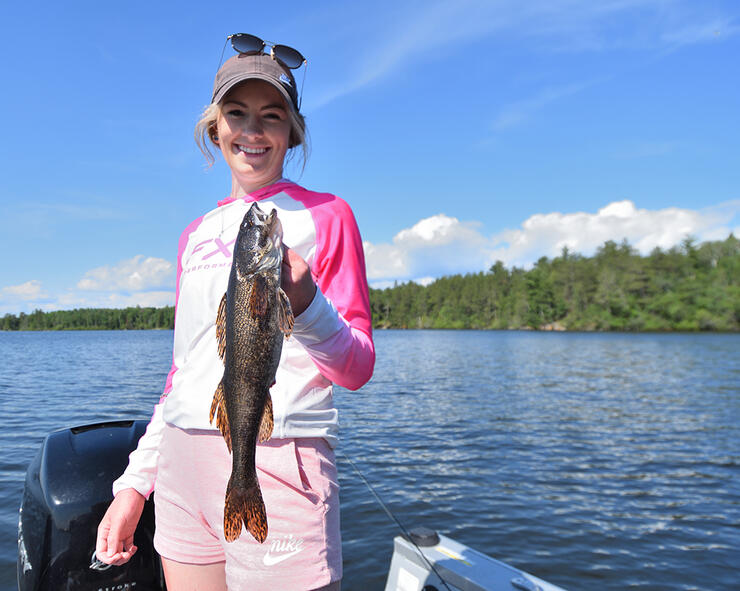
This brings us to something I’ve mentioned before — far too many anglers turn up their noses and scoff at the thought of using a slip float, the misguided image being of a little kid sitting at the end of the dock watching a red-and-white plastic float bob up and down. Yet every skilled walleye, perch, crappie, brook, brown, rainbow and steelhead angler I know would not be caught dead without a box of floats at hand. Even fly fishers rely on them these days — calling them indicators — as though muttering the word float or bobber is too pedestrian.
Yet, set properly, the aids let you suspend your minnow, leech or nightcrawler in front of a fish’s face for as long as it takes to entice it to bite. And if you’re fishing over a terribly snaggy bottom, you’re never stuck or hung up. You can even let the wind impart a subtle up-and-down action to your bait, as it floats naturally across the bottom. And you can see when a fish takes the bait. What is not to love about slip float fishing, right?
The best spots to set up — as we did last week — are over relatively flat bottomed areas, like the basin of the lake or the top of a rock reef or shoal. Another superb spot is along the front of a distinct weedline.
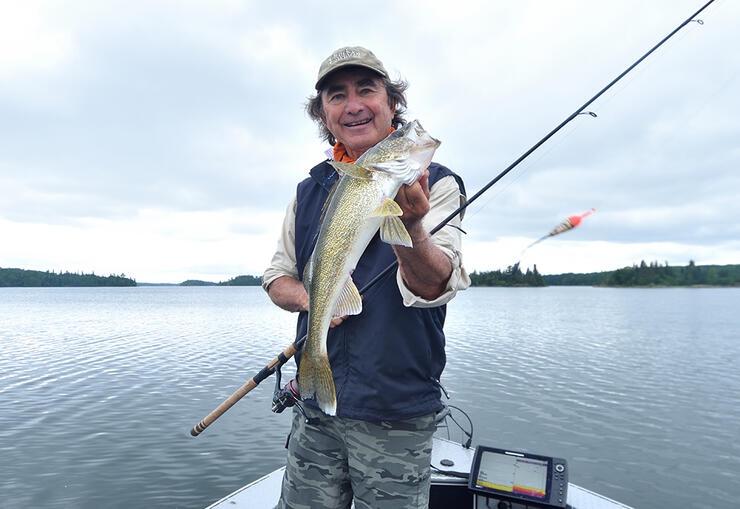
Once in position, I always lower the jig over the side of the boat and let it fall straight down until it hits the bottom. Then I raise it up 12- to 16-inches and slide the bobber stop on the line to fix the position. Then I put a minnow, leech or crawler on the hook, flip it out and watch the line slide through the float until it hits the stop and bounces upright. If I am anchored or spot locked, I’ll let out a lot of line so the float can weave its way across the surface.
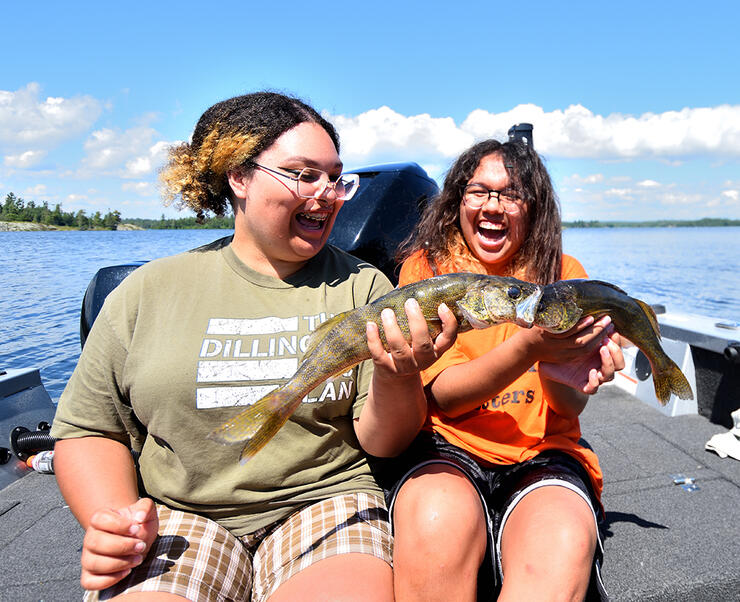
Another favourite technique — and the one I employed last week when it was calm — is to cast the slip boats behind the boat and while the anglers at the back monitor the progress of their finesse rigs, I’ll tow them around ever so slowly with the electric motor while I cast from the front.
Giving the fish the slip is such a deadly technique for young and old, as well as veteran and rookie anglers. In fact, it just may be the deadliest way to consistently put fish in the boat, wherever you fish in Ontario.
Recommended Articles

3 Great Ontario Walleye Destinations
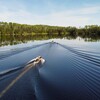
Leuenberger Air Service Is Your Ticket to Ontario's Best Fishing

World Class Walleye Fishing at Vermilion Bay Lodge
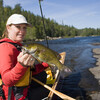
Exploring Turtle River
Fishing and Foraging
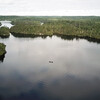
Family Friendly Fishing Vacations

Salmon Fishing
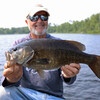
Smallmouth Bass in Sunset Country

Baptiste Bass
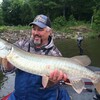
Goulais River Muskie

Speckle Splake Spectacular

Shoreline Strategies
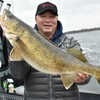
World Class Walleye

5 Places to Shore Fish
Prime Time for Ontario Panfish
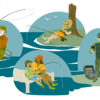
Test Your Fishing Smarts
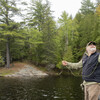
Friends in Fishy Times
Adventure Walleye Fishing Lake Nipigon Style
Catching Ontario Walleye
